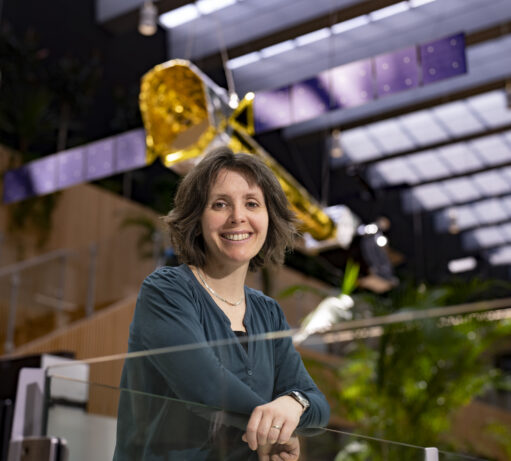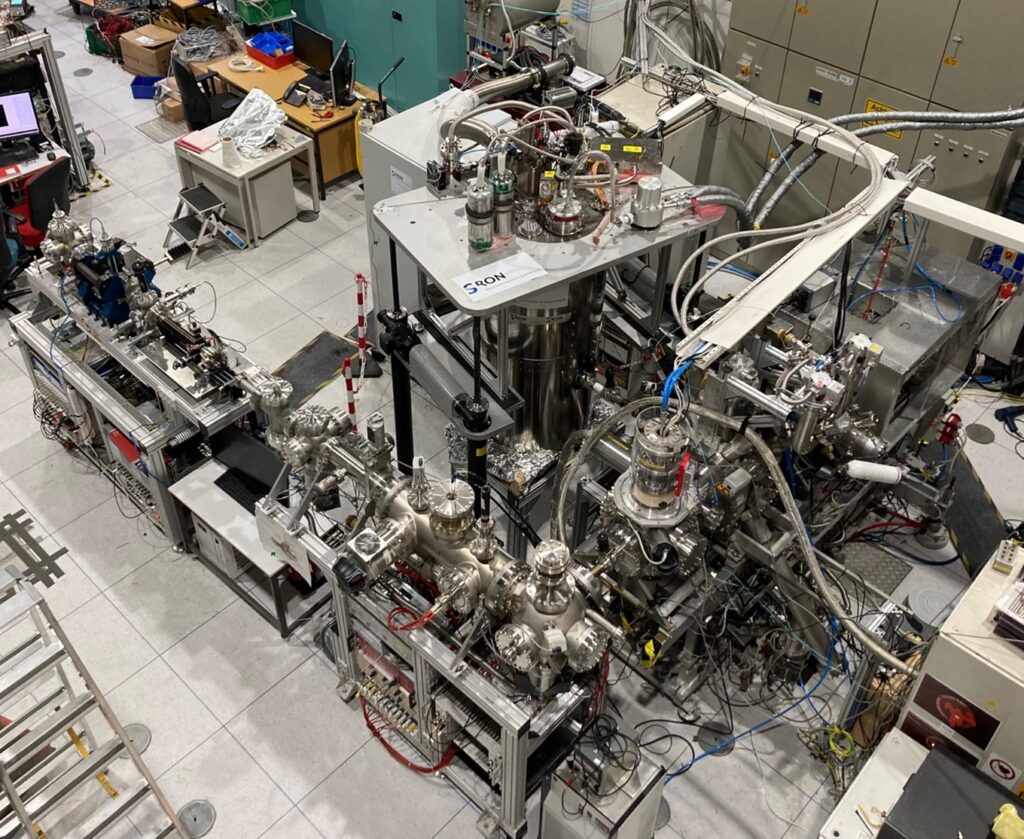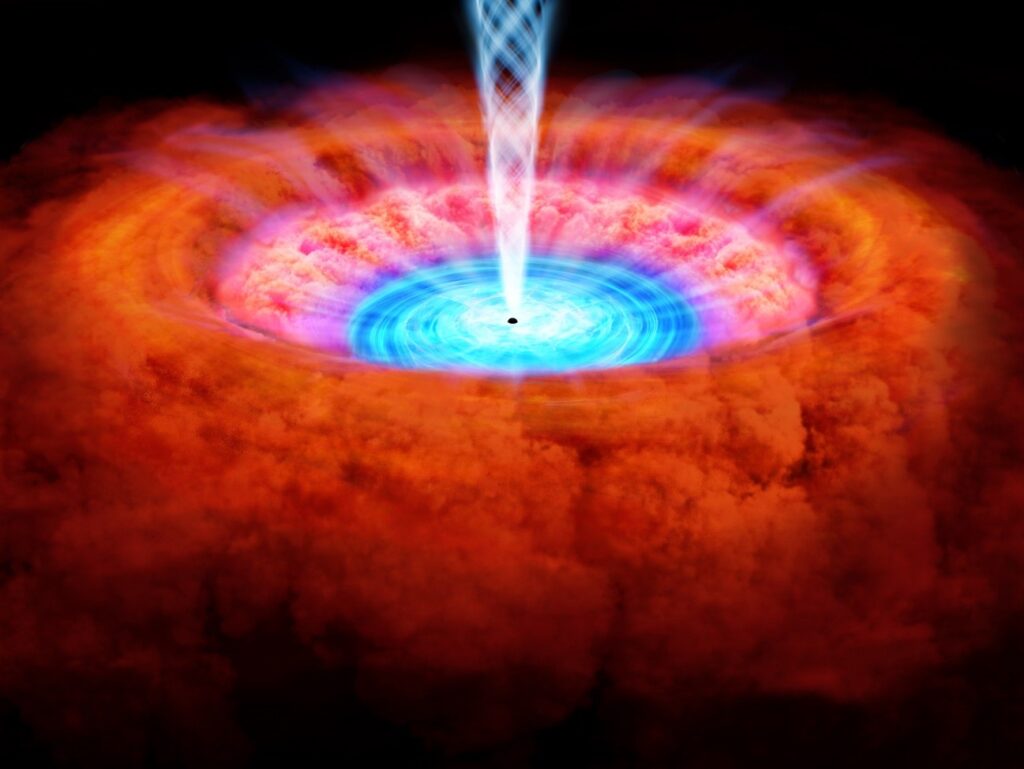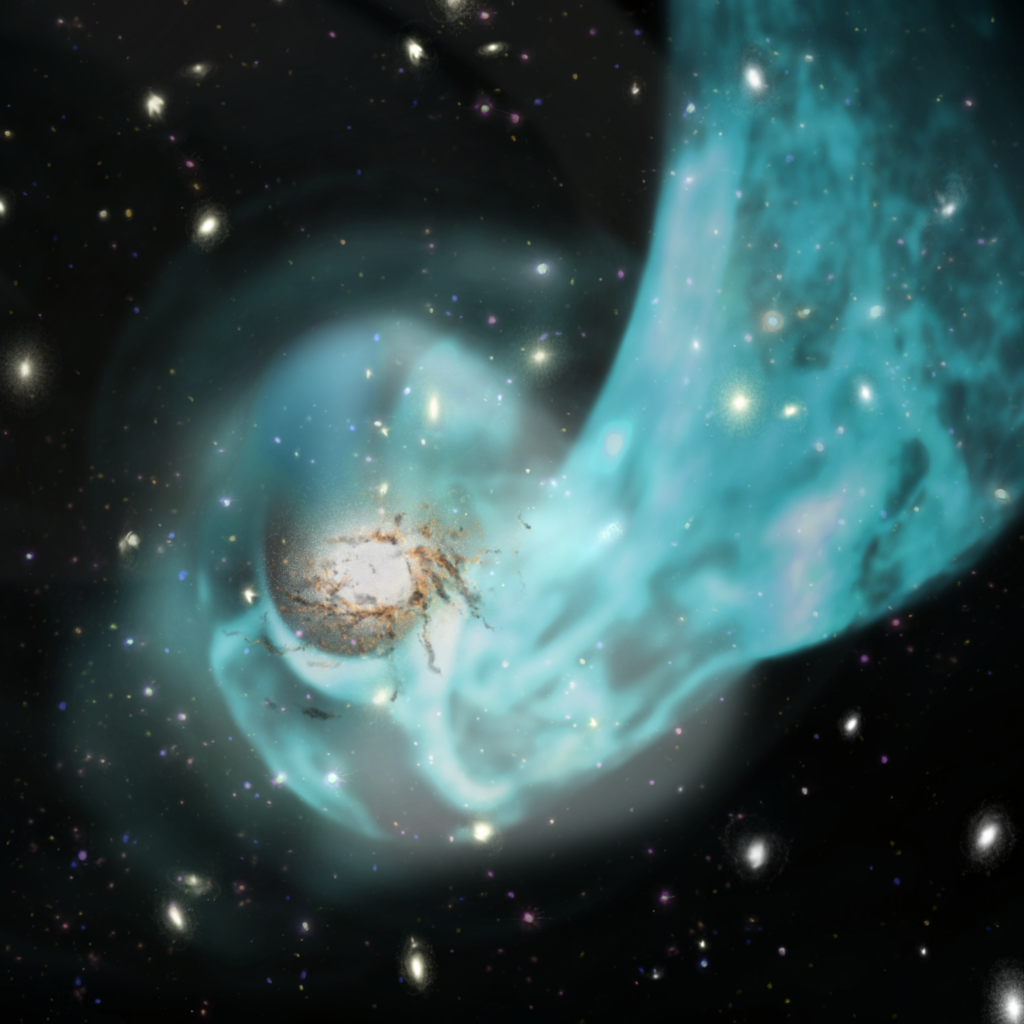| Status | Actief |
| Lancering | 2023 |
| Ruimtevaartorganisatie | JAXA |
| Type | Röntgenstraling (0,1 – 4,1 nm) |
| Orbit | Geocentrisch (550 km) |
| SRON-instrument | Resolve |
Hoge temperaturen en snelheden
XRISM bestudeert verschijnselen in het heelal die gepaard gaan met hoge temperaturen en snelheden, en daarom vooral röntgenstraling uitzenden. Superzware zwarte gaten in het centrum van sterrenstelsels versnellen bijvoorbeeld het gas dat rond ze draait tot bijna de lichtsnelheid, waardoor het zichtbaar wordt voor telescopen zoals XRISM. Ook het gas binnen clusters van sterrenstelsels zendt röntgenstraling uit, omdat het tientallen miljoenen graden heet is. Door de hoge resolutie van zijn spectrometer—Resolve—onderscheidt XRISM de vingerafdrukken van elementen in de spectra van dit soort objecten.
Elementen in het gas tussen sterrenstelsels
De mate waarin verschillende elementen aanwezig zijn in het gas tussen sterrenstelsels is interessant omdat dat het scheikundige verhaal vertelt van het heelal. Voordat de eerste sterren geboren werden, bestonden alleen de vier lichtste elementen: waterstof, helium, lithium en beryllium. Sterren toverden die vervolgens om in zwaardere atomen zoals koolstof, zuurstof en ijzer. Wanneer sterren ontploffen als supernova produceren ze alle elementen zwaarder dan ijzer. Een nieuwe generatie sterren wordt geboren uit de stofresten van de generatie daarvoor, en bevatten dus om te beginnen al zwaardere elementen dan hun voorlopers. XRISM’s Resolve spectrometer meet de aanwezigheid van elementen en brengt zo de scheikundige levensloop in kaart van sterren, en daarmee van het heelal.

Clusters en zwarte gaten
Astronomen bestuderen met XRISM ook clusters en zwarte gaten zelf. Zo berekenen ze de snelheden van het gas binnen clusters en bepalen ze hoe snel clusters groeien. Dat laatste is verwaarloosbaar op een menselijke tijdschaal. Daarom meet XRISM de massa van clusters op meerdere afstanden van de Aarde en bekijkt zo momentopnames van verschillende tijdperken in het universum. Rond superzware zwarte gaten kijkt XRISM naar de balans tussen welke materie erin en eruit gaat. Stof en gas vallen naar binnen vanuit de schijf rondom een zwart gat. Vanuit de polen stralen ‘jets’ weer materiaal naar buiten. Astronomen hopen hiermee beter te begrijpen hoe een superzwaar zwart gat van invloed is op de vorming van sterren in zijn sterrenstelsel.
Lange telescoopbuis
Röntgentelescopen zijn herkenbaar aan hun lange telescoopbuis. XRISM heeft bijvoorbeeld een 5,6 meter lange buis die van de spiegel naar de detector leidt. Dit is nodig omdat röntgenstraling alleen subtiel kan worden afgebogen. Het vliegt dwars door elke spiegel heen, tenzij je de spiegel bijna parallel aan de röntgenstralen houdt. XRISM’s spiegelring staat parallel aan de kijkrichting en buigt zo de straling subtiel af. Door de straling vervolgens nog lang te laten doorvliegen wordt dit alsnog omgezet in een significante afbuiging. Daarom hebben röntgentelescopen altijd een lange buis. Uiteindelijk komt de röntgenstraling precies uit bij de detector in het midden van het uiteinde van de telescoopbuis. Om zo veel mogelijk straling op te vangen stapelt XRISM vele spiegelringen binnen elkaar, de ene net iets kleiner dan de voorgaande, tot het middelpunt is bereikt.
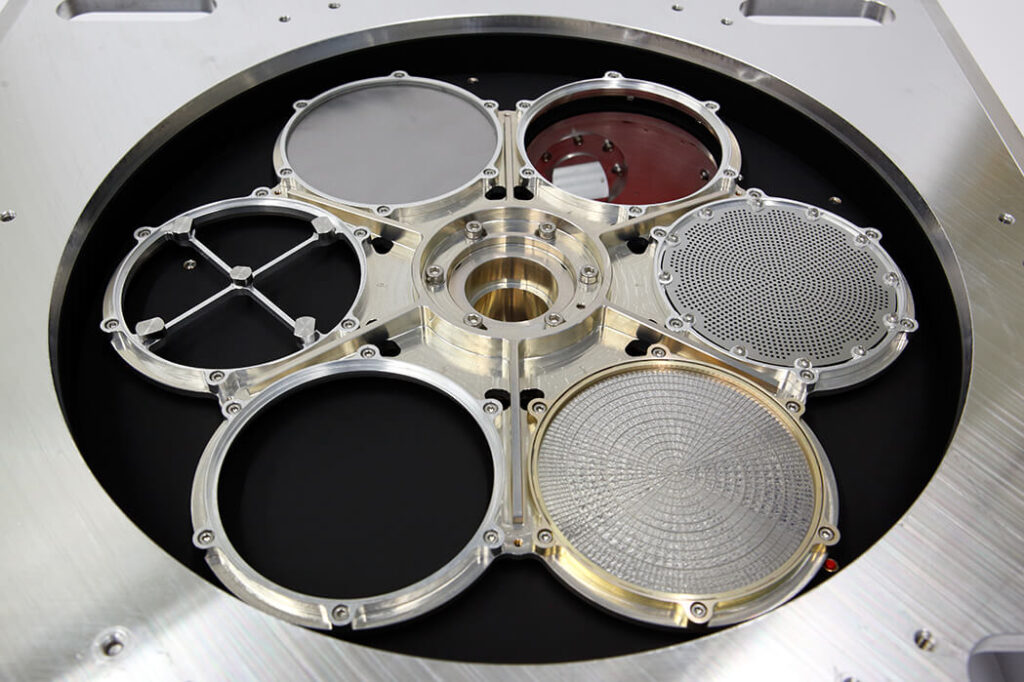
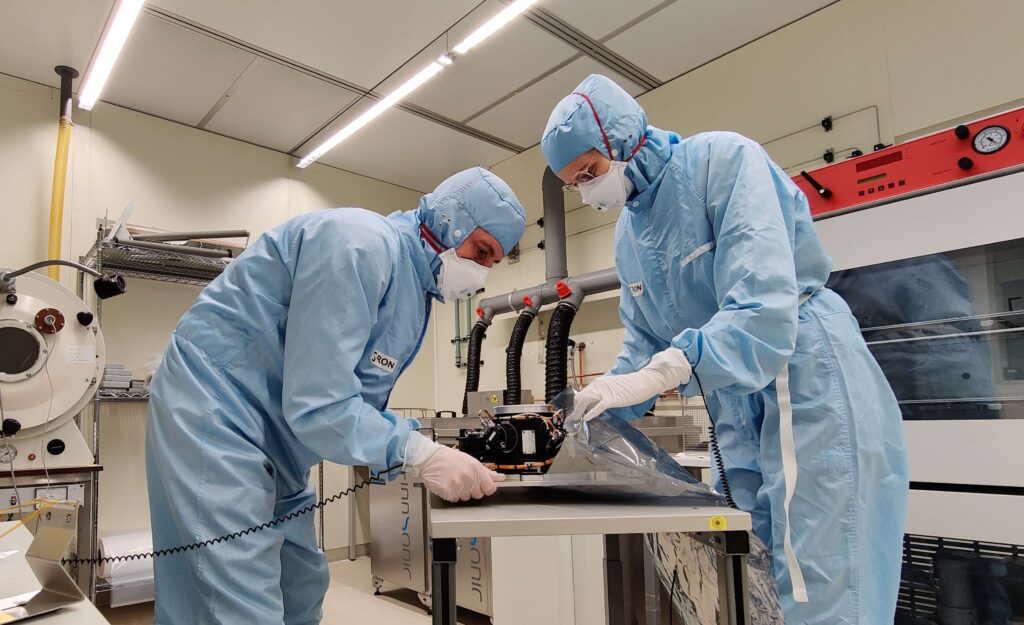
Filterwiel met kalibratiebron
SRON heeft samen met de Universiteit van Genève het filterwiel voor de Resolve spectrometer ontwikkeld, inclusief een röntgenbron ter kalibratie van het instrument. Het filterwiel draait verschillende filters voor de detectoren van Resolve, zodat astronomen helderheid en golflengtes naar wens kunnen wegfilteren. Zo zullen ze het molybdeen grijsfilter gebruiken als een ster of zwart gat teveel röntgenstraling afgeeft en kiezen ze het beryllium- of polyimide-aluminium-filter om bepaalde golflengtes te blokkeren. Een licht-radioactief ijzer-55 filter zit in het filterwiel ter kalibratie van de spectrometer. IJzer-55 zendt continu een bekend röntgenspectrum uit dat dient als referentiepunt.







